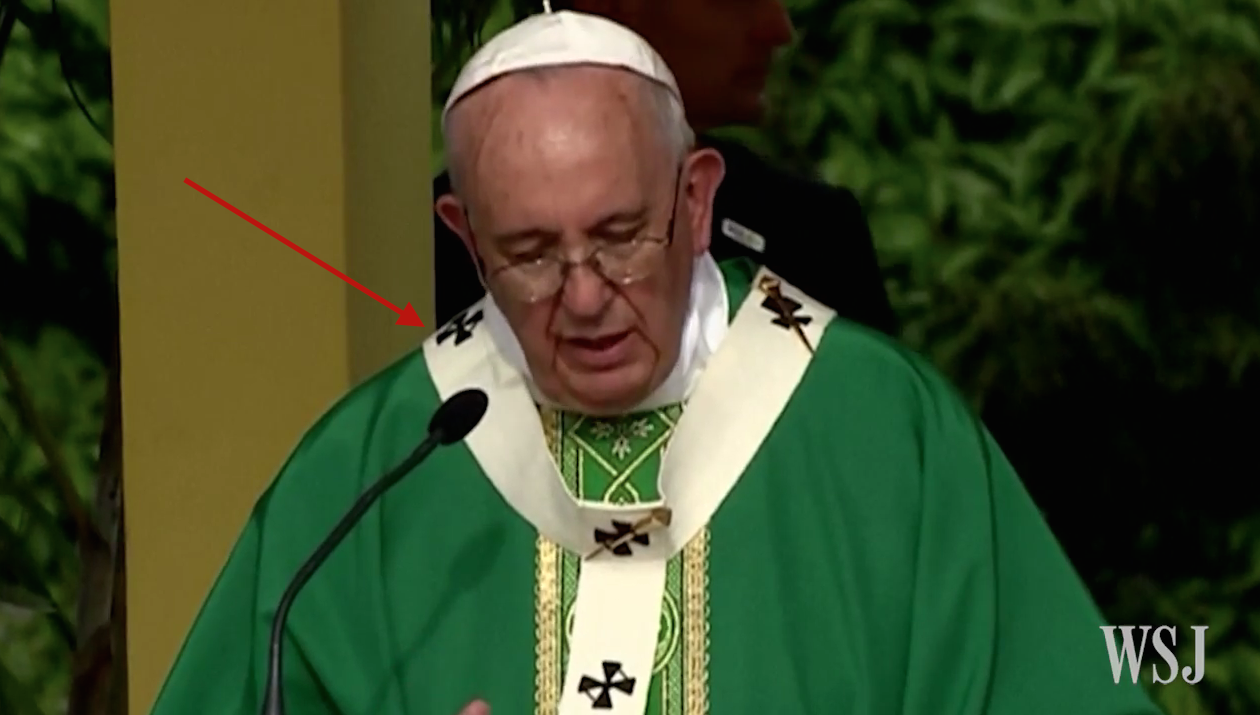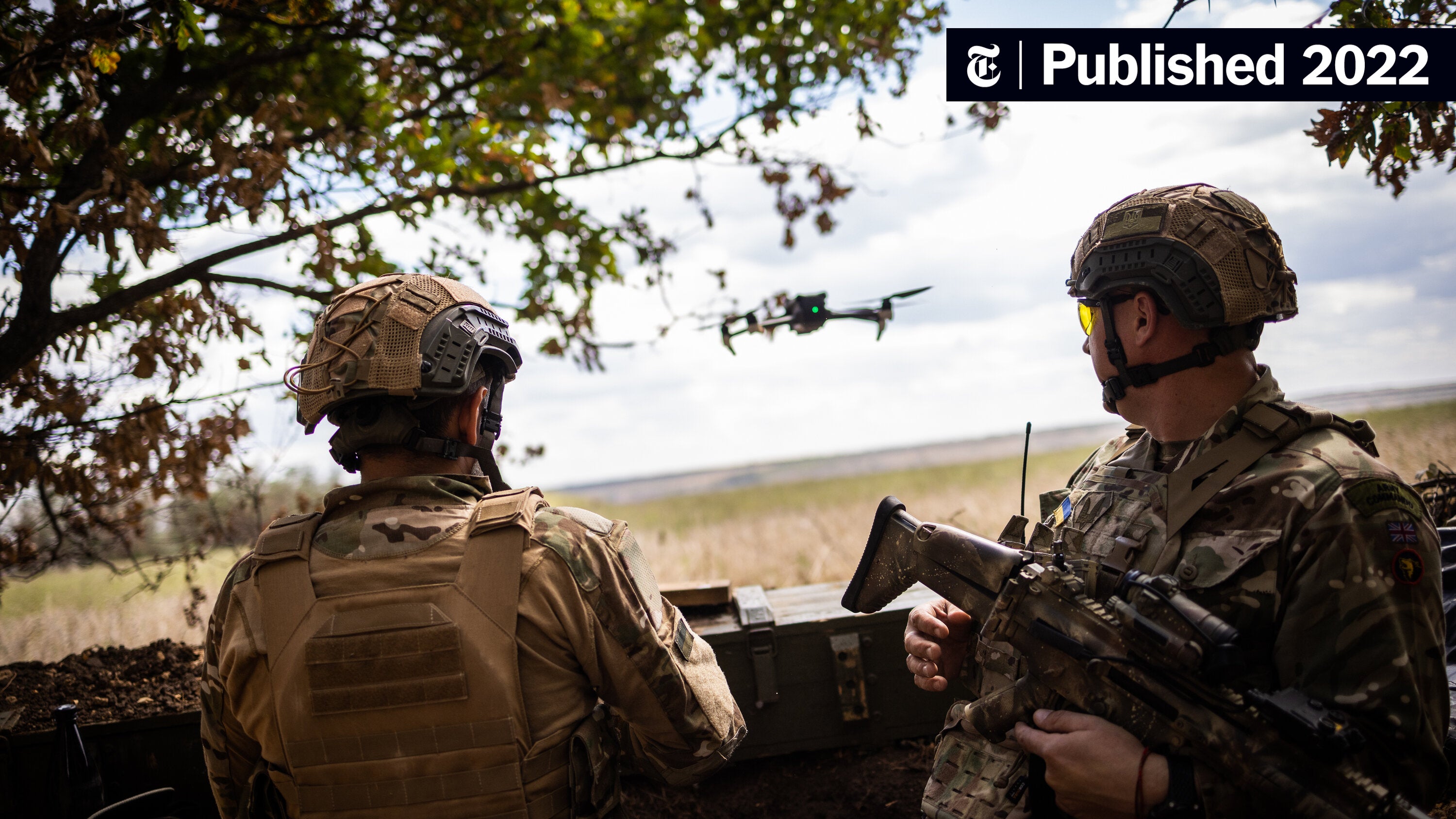Papal Conclaves Explained: The Process Of Selecting A New Pope

Table of Contents
The History and Evolution of Papal Conclaves
The methods for selecting a new Pope have evolved dramatically over the centuries. Early methods were often tumultuous, influenced by political maneuvering and factionalism. Initially, the election process was less formalized, sometimes leading to protracted power struggles and even violent clashes. The introduction of the Conclave system, a more structured and controlled environment, aimed to curb such chaos.
- Early methods of Papal election: These often involved open voting by the clergy and could be heavily influenced by secular powers.
- The introduction of the Conclave system: This significant shift aimed to create a more secluded and less corruptible environment for electing the Pope. The exact timing of the fully formalized Conclave is debated, but it solidified by the 13th century.
- Key reforms throughout history: The Council of Lyons in 1274 introduced crucial reforms, including stricter regulations about the Conclave's location and proceedings. Subsequent reforms have addressed issues such as preventing undue influence and ensuring a fair election.
- Modern adaptations and rules: Modern Papal Conclaves operate under rules codified in the Apostolic Constitution Universi Dominici Gregis, issued by Pope John Paul II, which outlines detailed procedures and regulations. These rules continue to be refined and adapted to modern circumstances. For example, modern technology plays a role in ballot counting.
The Participants in a Papal Conclave: Cardinals and their Role
The heart of a Papal Conclave lies in the College of Cardinals, the body of high-ranking Catholic clergy who are responsible for electing the next Pope. Only Cardinal electors – those under the age of 80 – participate in the voting.
- Cardinal electors vs. non-elector Cardinals: While non-elector Cardinals may participate in other Conclave-related activities, only the electors cast ballots.
- The importance of the College of Cardinals: The College of Cardinals is a key institution within the Catholic Church, advising the Pope and playing a crucial role in the governance of the Church.
- The process of becoming a Cardinal: Cardinals are appointed by the Pope and represent the highest rank in the Church's hierarchy. The appointment is a significant honor and recognition of their service.
- Geographical distribution of Cardinal electors: The electors represent a wide geographical distribution, reflecting the global nature of the Catholic Church. This ensures a diverse range of perspectives.
The Conclave's Location and Seclusion: Maintaining Secrecy and Focus
The Papal Conclave traditionally takes place in the Sistine Chapel in Vatican City, a location chosen for its historical significance and suitability. Secrecy is paramount throughout the process.
- The "Habemus Papam" announcement: This Latin phrase, meaning "We have a Pope," signals the successful conclusion of the Conclave.
- Restrictions on communication and outside contact: To prevent external influence, communication with the outside world is strictly limited during the Conclave.
- Security protocols during the Conclave: Rigorous security measures are implemented to ensure the safety and seclusion of the Cardinal electors.
- The significance of maintaining secrecy: Secrecy protects the integrity of the voting process and prevents undue pressure or influence on the electors.
The Voting Process: From Ballots to Election
The voting process is meticulously designed to ensure fairness and secrecy. Each day, multiple ballots are cast until a candidate receives the required two-thirds majority.
- The burning of ballots: After each vote, the ballots are burned in a stove, with the color of the smoke signaling whether a Pope has been elected (white smoke indicates a successful election, black smoke indicates otherwise).
- The role of the scrutineers: These Cardinals oversee the voting process, ensuring its fairness and secrecy.
- Procedures in case of a deadlock: Specific procedures are in place to address potential deadlocks, though such situations are rare.
- The use of secret ballots: The use of secret ballots safeguards the independence of each Cardinal's vote.
Post-Election Procedures: Announcing the New Pope
Once a new Pope is elected, the world awaits the announcement.
- The announcement "Habemus Papam!": This iconic announcement is made from the balcony of St. Peter's Basilica, signaling the beginning of a new papacy.
- The appearance of the new Pope on the balcony of St. Peter's Basilica: The newly elected Pope greets the faithful gathered in St. Peter's Square.
- The beginning of the new papacy: The new Pope begins his ministry, guiding the Catholic Church into the future.
Conclusion
Papal Conclaves represent a unique and fascinating process, combining centuries of tradition with a commitment to selecting a leader for the global Catholic Church. Understanding the intricacies of Papal Conclaves, from their historical evolution and the role of Cardinals, to the secrecy surrounding the voting process and the joyous announcement of a new Pope, provides a deeper appreciation for the selection process of the Catholic Church's leader. Learn more about the history and evolution of Papal Conclaves by exploring resources dedicated to the Vatican and its history. Continue your journey into understanding Papal Conclaves by researching the specific details of past elections and their impact on the Church.

Featured Posts
-
 Bmw Porsche And The Complexities Of The Chinese Automotive Market
Apr 22, 2025
Bmw Porsche And The Complexities Of The Chinese Automotive Market
Apr 22, 2025 -
 Open Ais 2024 Event Easier Voice Assistant Creation For Developers
Apr 22, 2025
Open Ais 2024 Event Easier Voice Assistant Creation For Developers
Apr 22, 2025 -
 Overcoming The Challenges Robotic Automation In Nike Sneaker Factories
Apr 22, 2025
Overcoming The Challenges Robotic Automation In Nike Sneaker Factories
Apr 22, 2025 -
 Fighting Resumes In Ukraine Following Putins Easter Truce
Apr 22, 2025
Fighting Resumes In Ukraine Following Putins Easter Truce
Apr 22, 2025 -
 Fsu Security Flaw And The Heightened Student Anxiety A Case Study In Rapid Response And Lingering Fear
Apr 22, 2025
Fsu Security Flaw And The Heightened Student Anxiety A Case Study In Rapid Response And Lingering Fear
Apr 22, 2025
